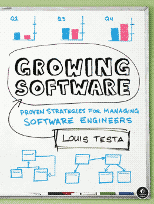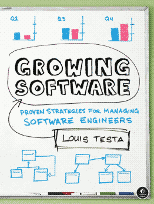Some Customer Service at Delta Airlines & Calgary Airport

While flying anywhere the most important thing to anyone is the customer service. And that is the moral of my short story which I am sharing here. Since I have a lot of time to burn and do not have anything better to do on a Christmas Eve except sitting at the airport killing time and writing this for general public knowledge.
So I am flying to my destination X, and charting the flight from Calgary. I reach 1 hr 15 mins prior to my departure time at the check-in counter of Delta, and find that the kiosk says “Flight is closed”. So I ask gently the check-in concierge about checking in – and the first response “Sir, you have missed your flight”. What!?? WTF??? Missed my %@&%#&# flight?!?!?!? And that’s the only response I get from that person, and there’s no try for help from her side (you’d imagine that if all computers are on the same network then how freaking difficult it is to print one boarding pass!??) – rather I get a mean responsive grin with this-dude-missed-his-flight attitude and hey-I-made-him-miss-his-flight-sucker win giggle. Am I surprised? Am I shocked? Am I pissed? Am I about to tell her – if-I-was-your-boss-you’d-already-be-fired-message.
You bet! All in a same breath.
So I request, and again I request, and again as a gentle customer I ask her in a polite way – you-must-not-be-serious-just-please-print-my-boarding-pass or something like that. But instead I’m handed over Delta’s customer service number. Not getting too annoyed or lack for a better term ANGRY, I quietly step away from the counter and call Delta customer service. I call into three different reps, and spend on average 20 mins with each of them to find out my options. One rep wasn’t even trying to search through what’s available and suggested that I should look for a ticket in January 2010. You’re serious!! To my shock and applaud-in-disgust and the-most-daunting-frustration-of-the-year she was literary telling me that I should cancel my vacation and now plan something in 2010. Wow! How encouraging – and apparently everyone within North America was flying Delta and no other possible options were available anyway. And one rep even accused me that I was calling her a liar and she hung up on me. So if you are telling me NO for every word (within in few seconds) I am asking you, then should I expect that you are doing every possible search within in your system in microseconds!!! Wow – Delta must be running some great super computing power machines within there data centers.
So I take my chances, and call the fourth time and this time I explain that rep loud and clear that what has happened in past hour, and how I expect him to resolute my situation. I want no BS and no games, and I want him to book me on the next flight out of Calgary so I don’t miss my connecting flight to my final destination. After spending whopping 47 mins, the 4th rep comes back to me with a possible solution where I’ve to shell out $Z in order to make that happen. So I take that option because I am desperate, and there’s no other cheaper option available.
Now, if that counter-lady was little-well educated in customer service by Delta personnel, was solution oriented and pro-customer-friendly and had some embedded courtesy and politeness through company culture then this plethora of frustration, haggling and name-calling wouldn’t have had happened. But it did happen, and it did say a lot about the company and its culture weaved through its employees. It’s a pathetic situation for a customer facing company, and it’s shameful for people who inoculate and breed that culture.
Also, this will teach me a lesson to be at the check-in before two hours, or better yet do online check-in. But that’s no excuse for all the customer service at Delta which needs to be desperately fixed and taken care of. I hope they hire right set of people to bring betterment and improvement in their customer service.




